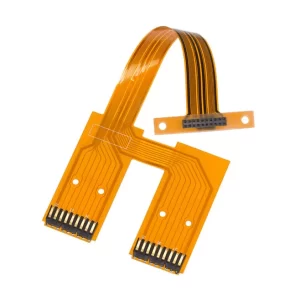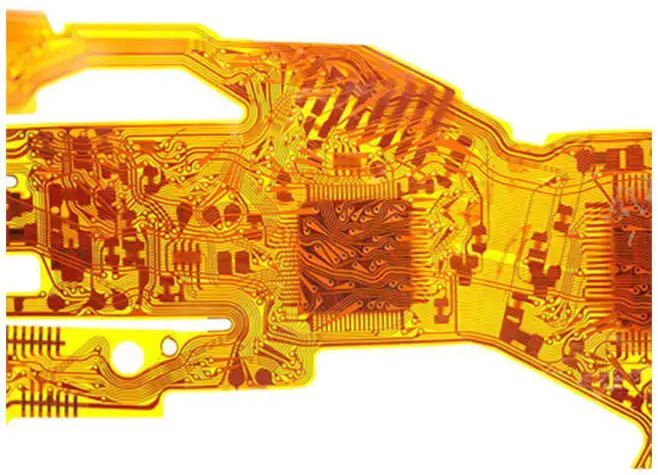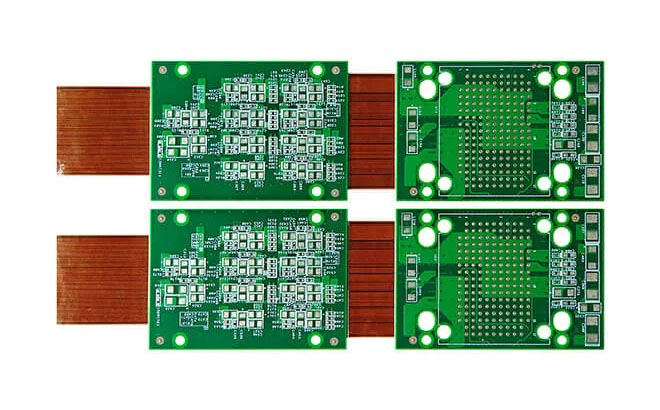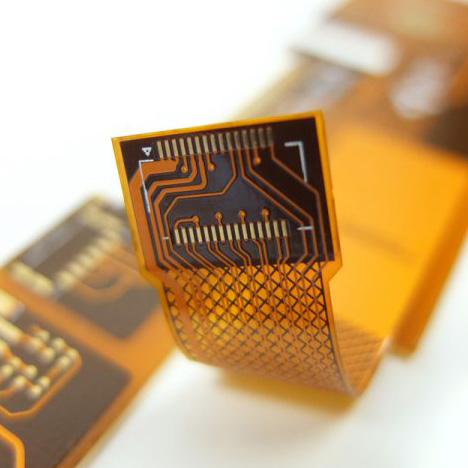Flexible PCB

overview
What is Flexible PCB
Flexible PCB, or Flexible Printed Circuit Board, often referred to as FPC or Flex PCB, is a remarkable innovation in PCB assembly and PCB manufacturing. Unlike traditional rigid circuit, which are typically made of fiberglass or other rigid materials, flexible PCBs are constructed from flexible material like polyimide (PI) or polyester (PET).
Advantages of Flexible PCBs
Flex circuit are known for their pliability and resilience. They can bend, twist, and fold without compromising their functionality. This inherent flexibility makes them ideal for applications where space is limited or where the PCB needs to conform to complex shapes. They are also less prone to mechanical failures, making them suitable for rugged environments and applications that require frequent movement.
One of the most significant advantages of Flexible printed circuits is their ability to reduce both weight and size in PCB assembly. By eliminating the need for connectors and reducing the number of
interconnects, flexible PCB can significantly reduce the overall size and weight of a device. This is especially crucial in industries like aerospace, where weight and space constraints are critical factors.
Flexible circuit board can provide improved signal integrity compared to traditional rigid boards. Their thin dielectric materials and shorter signal paths can help minimize signal loss and electromagnetic interference (EMI), resulting in better performance in high-frequency applications. This makes them valuable in industries such as telecommunications and high-speed data transfer.
Flexible printed circuits can be designed with intricate and non-standard shapes, allowing engineers to create custom solutions for specific applications. This versatility is particularly beneficial in medical
devices, automotive systems, and wearables, where space constraints and unique form factors are common challenges.
Flexible PCB exhibit excellent thermal stability, which is crucial in applications where temperature variations are a concern. They can withstand a wide range of temperatures without compromising their electrical performance, making them suitable for both extreme cold and high-temperature environments.
Our Managed IT services will help you succeed. Let’s get started
Solutions
Flexible PCB in Polyester or Polyimide?
Polyester (PET) and Polyimide (PI) are two common materials used in the manufacturing of flexible printed circuit board, each with its own set of advantages. Understanding the differences between these materials is crucial when selecting the appropriate material for a specific application. Here’s a comparison of Polyester (PET) and Polyimide (PI) for Flexible PCB manufacturing:
When to Opt for Flexible PCB over Rigid PCB
The choice between flex circuit and rigid PCB depends on various factors, including the specific requirements of your electronic design and your pcb assembly project.
In terms of cost, rigid PCB are generally more cost-effective than flex PCB. Rigid PCB benefit from standard, readily available materials like FR4 and well-established manufacturing processes, which keep material and production costs lower. They are especially cost-effective for large production runs due to economies of scale.
On the other hand, flexible PCBs tend to be more expensive. They use specialized materials like polyimide or polyester, which can be pricier. Additionally, the manufacturing processes for flexible circuit can be more complex and time-consuming, particularly for intricate designs or custom shapes.

When to Choose Flexible PCBs?
When to Choose Rigid PCBs?

Combining the Benefits of Rigid and Flexible PCBs
In addition to flexible printed circuit and rigid PCB, there is also a hybrid solution known as rigid flex PCB. Rigid flex PCB combine the benefits of both flexible and rigid board, offering an efficient solution for complex PCB design. These boards consist of both flexible material and rigid sections, allowing them to bend and fold while also maintaining a stable and rigid structure in specific areas. Rigid flex circuit are particularly valuable in applications where the circuitry must traverse both flexible and rigid sections within the same device, providing a seamless and reliable interconnection solution while reducing the need for connectors and cables, ultimately improving reliability and reducing overall space requirements.

